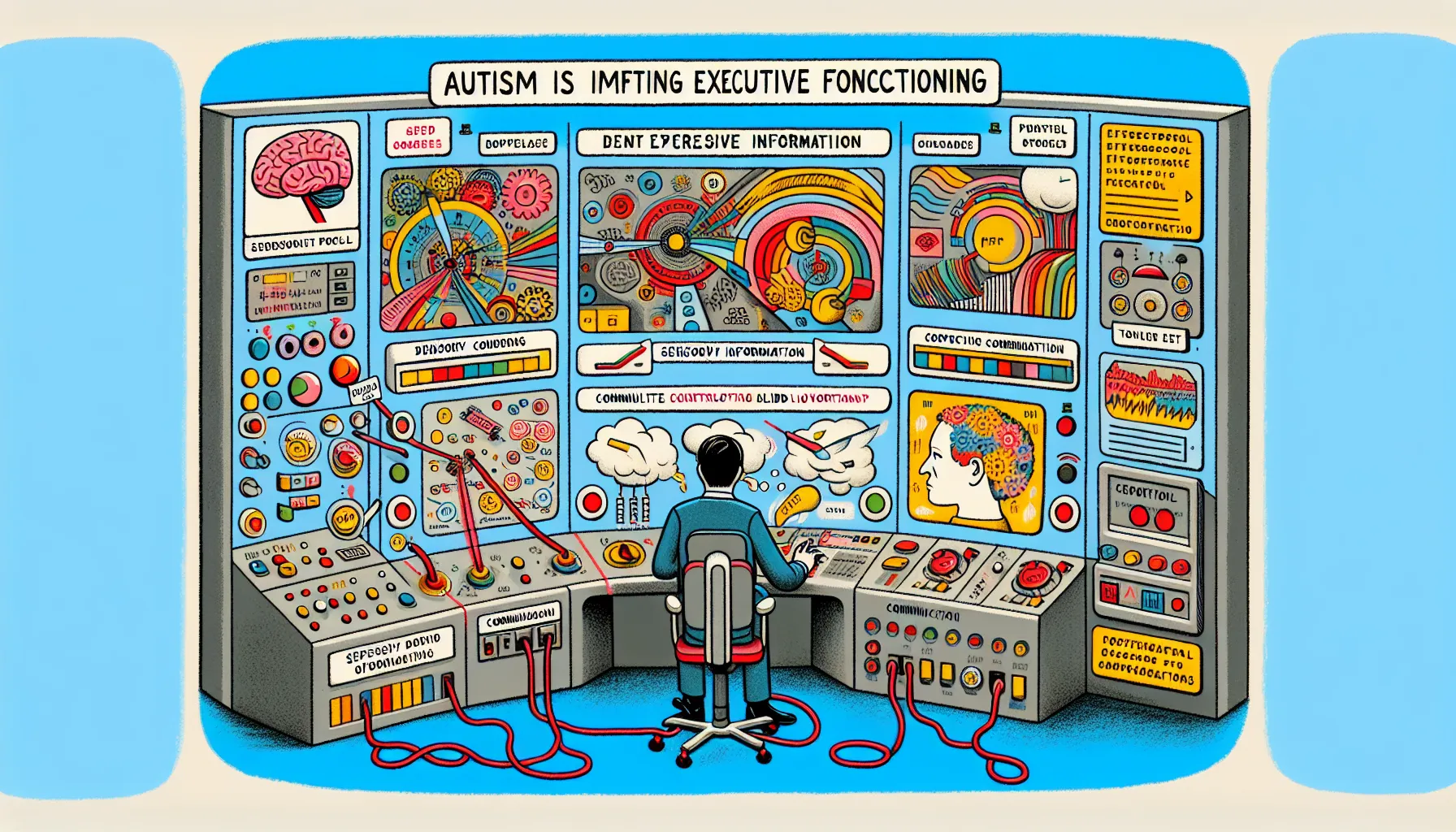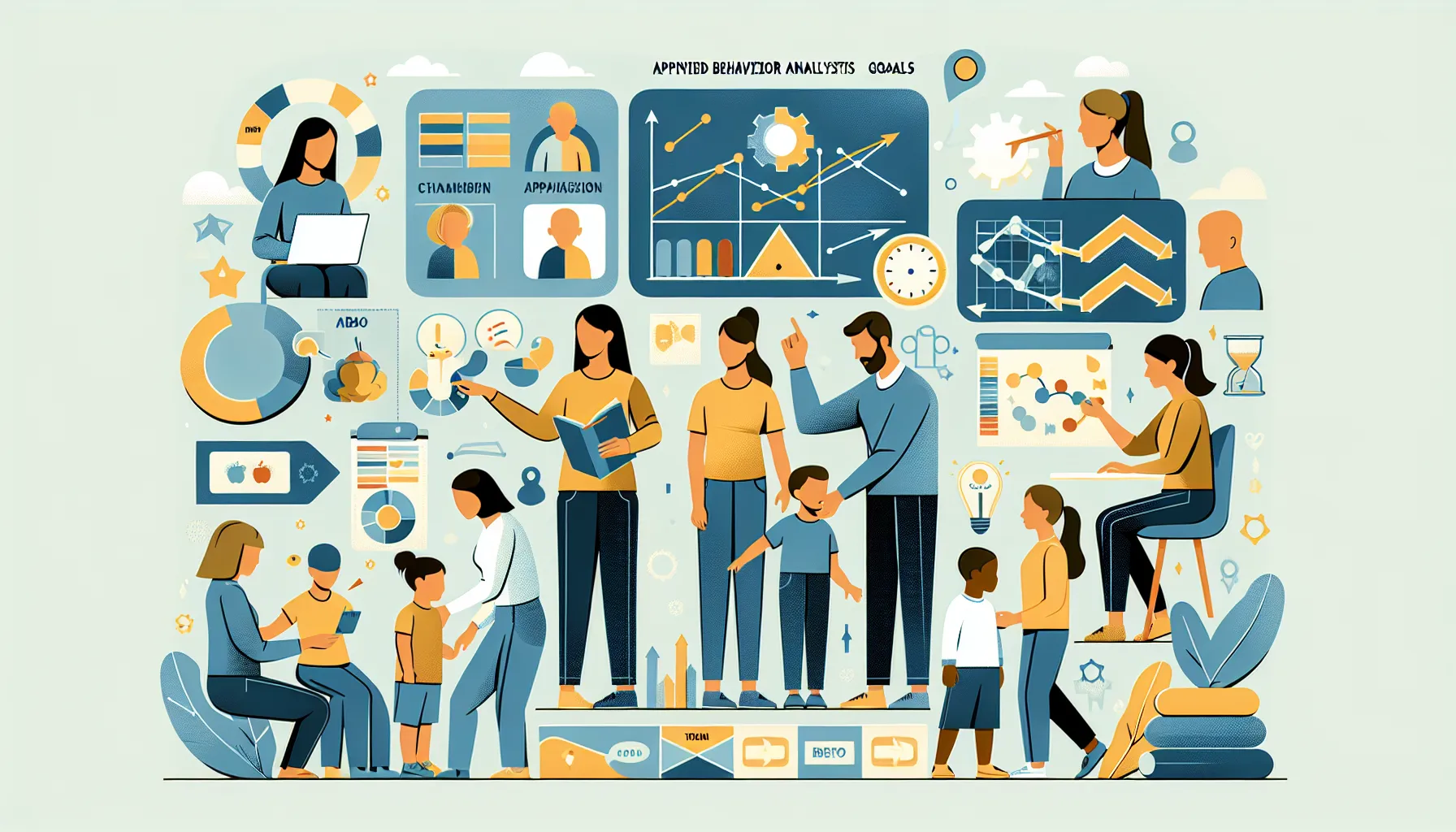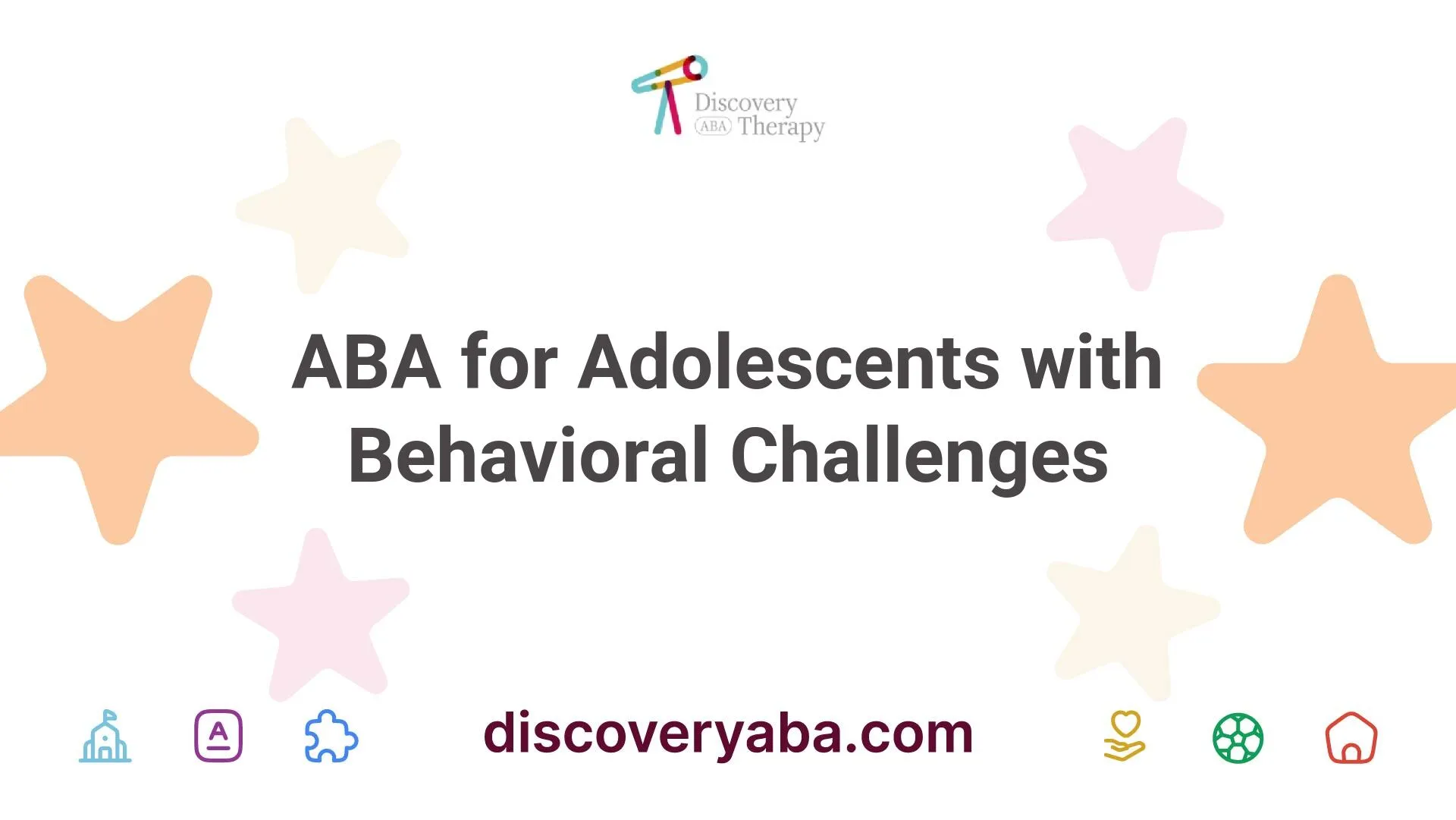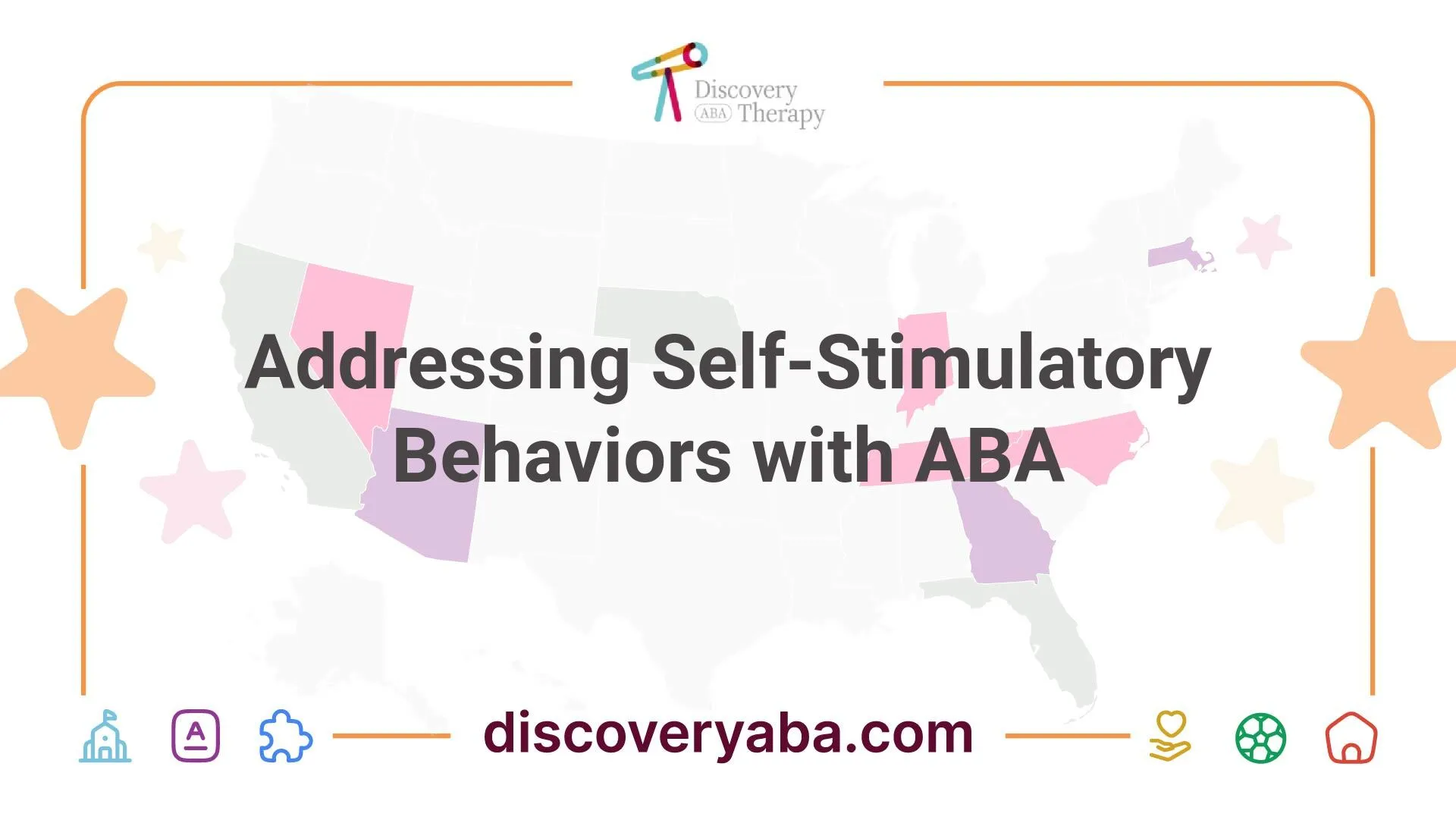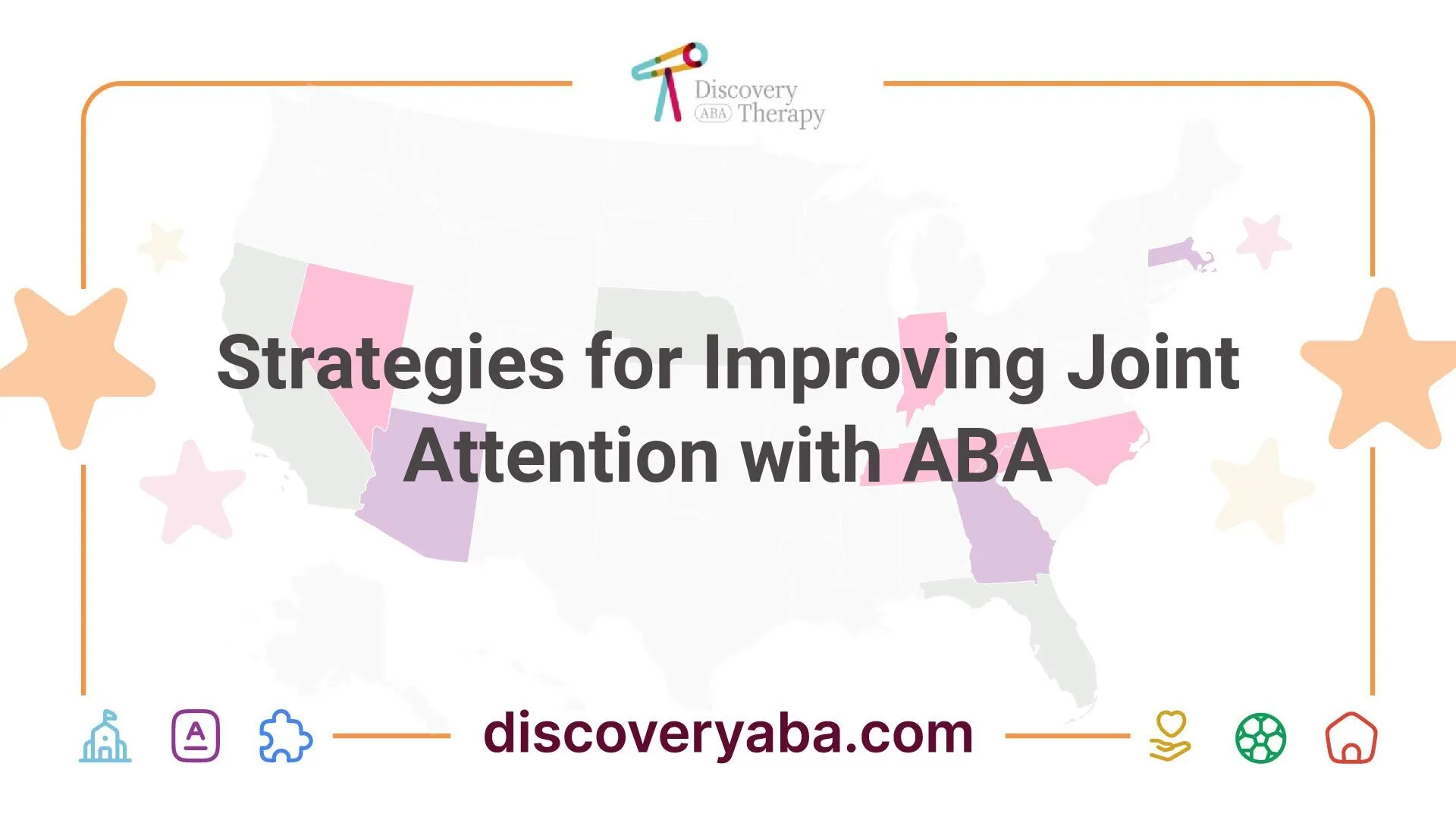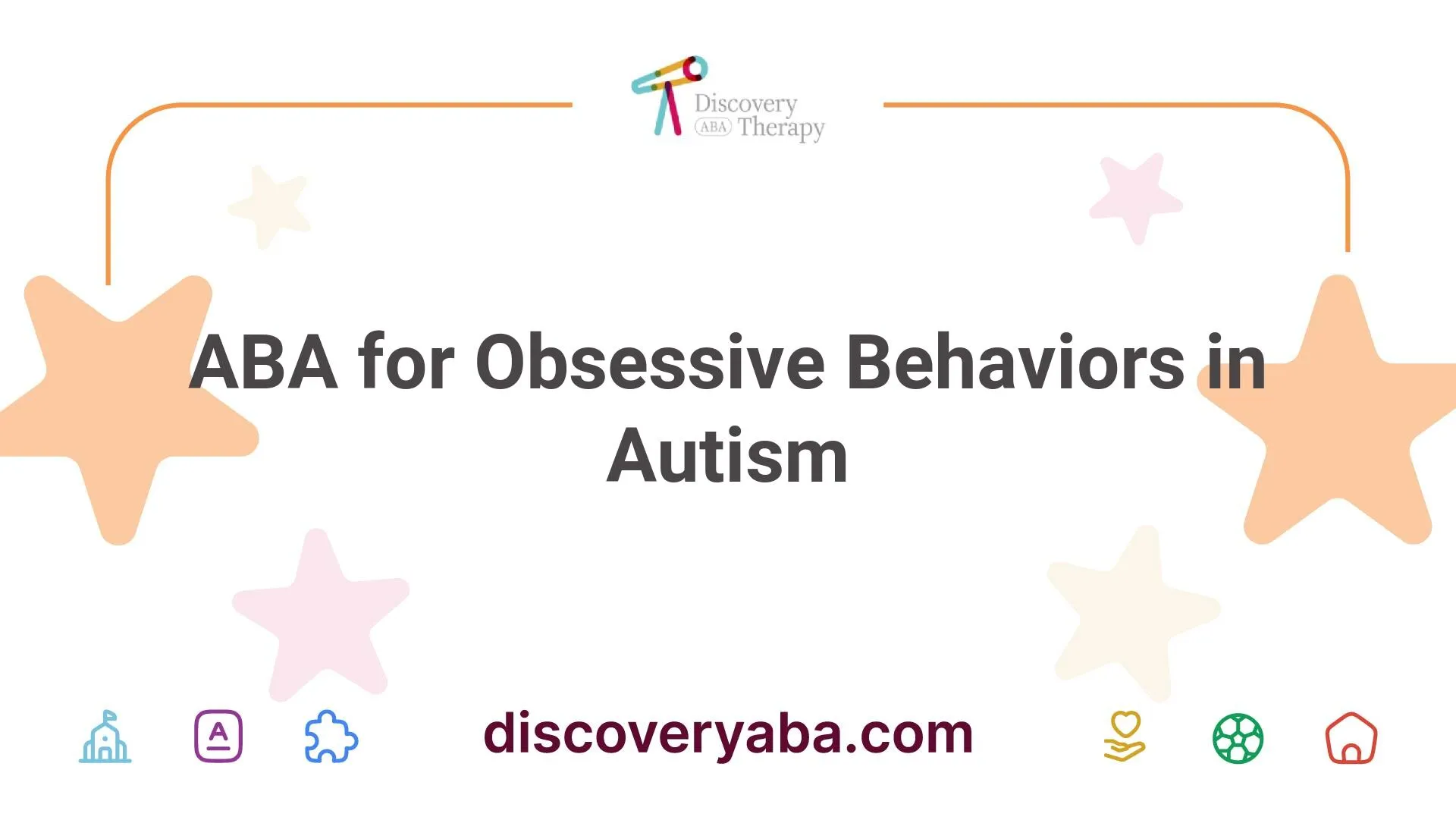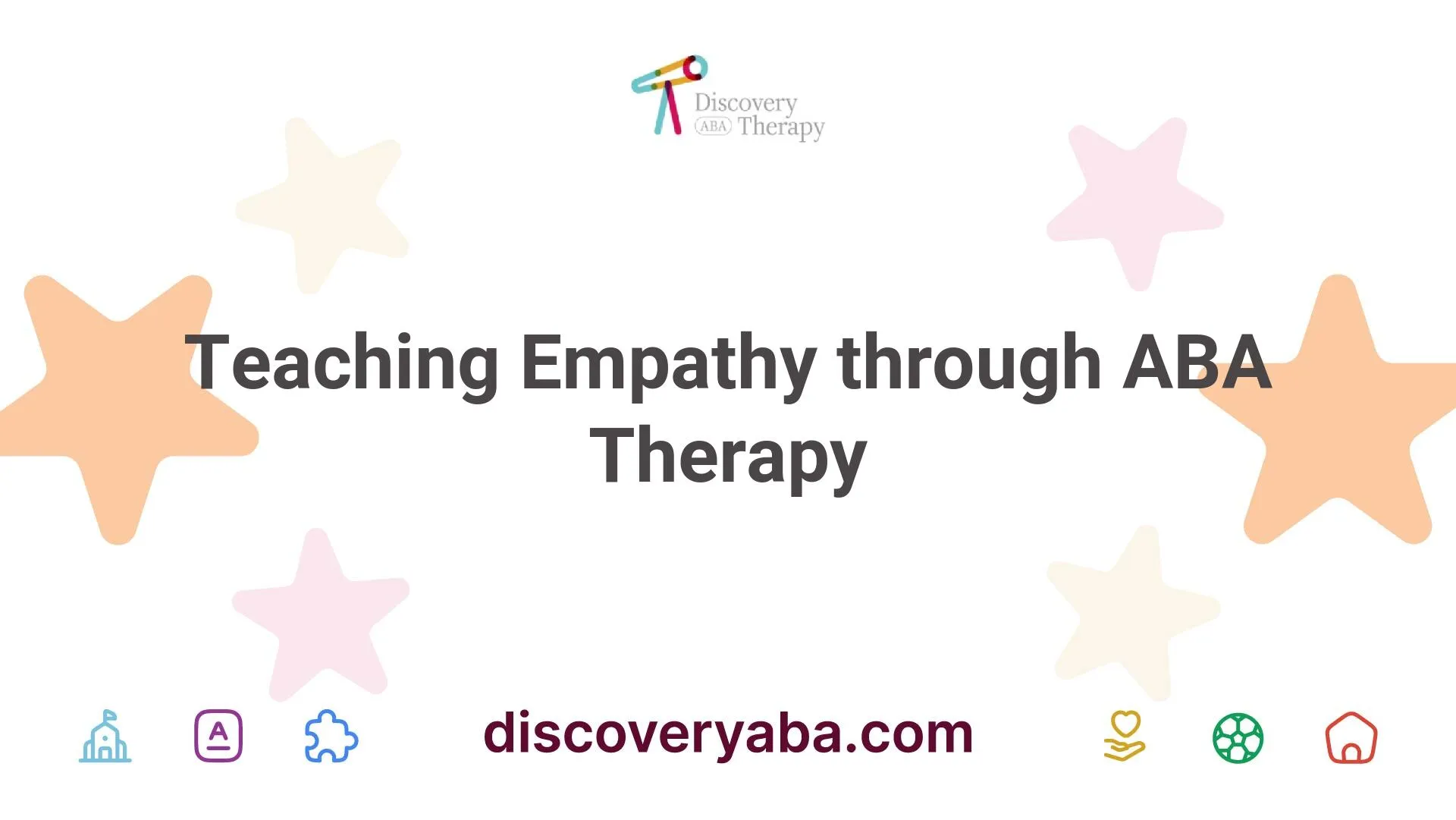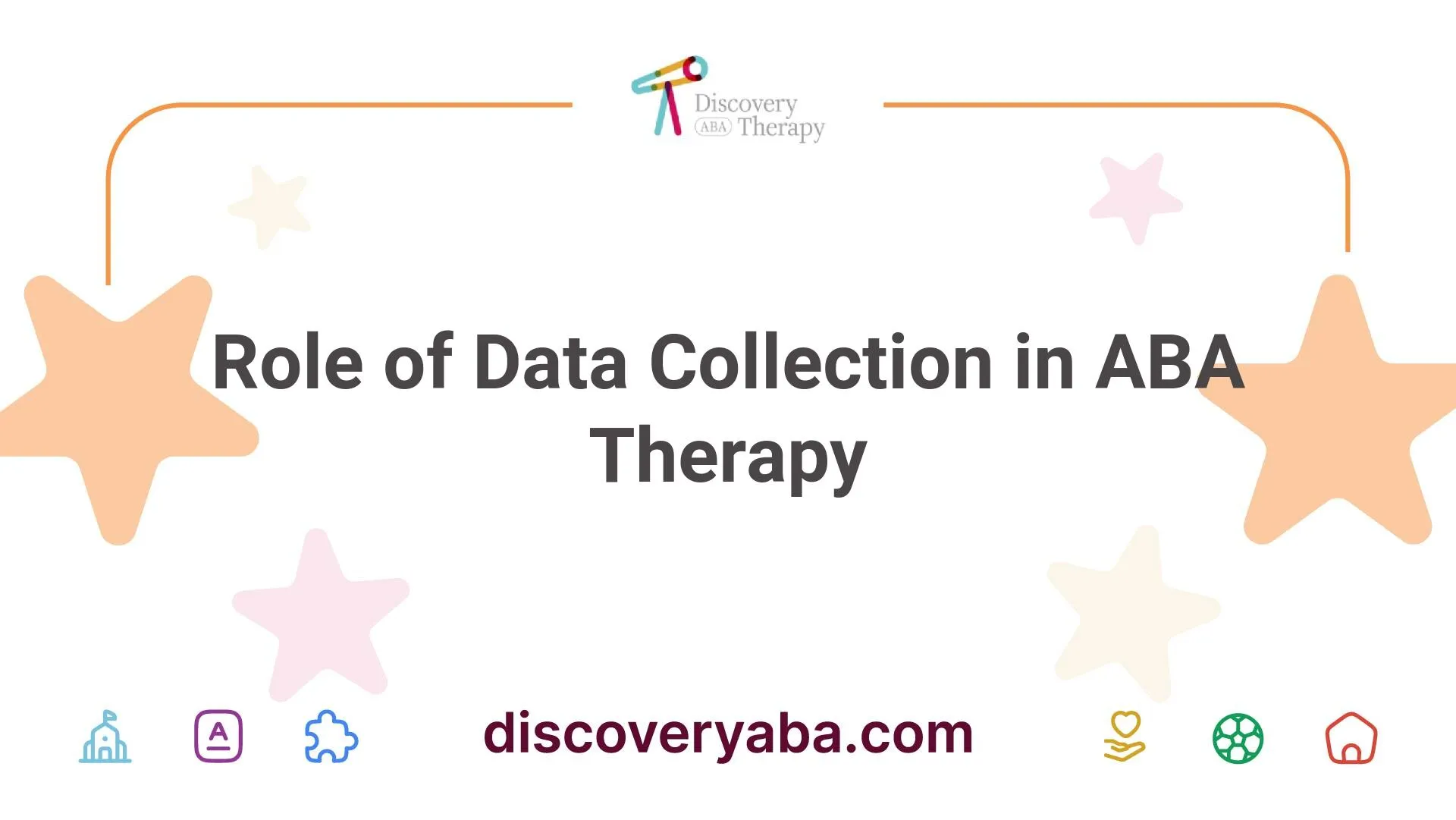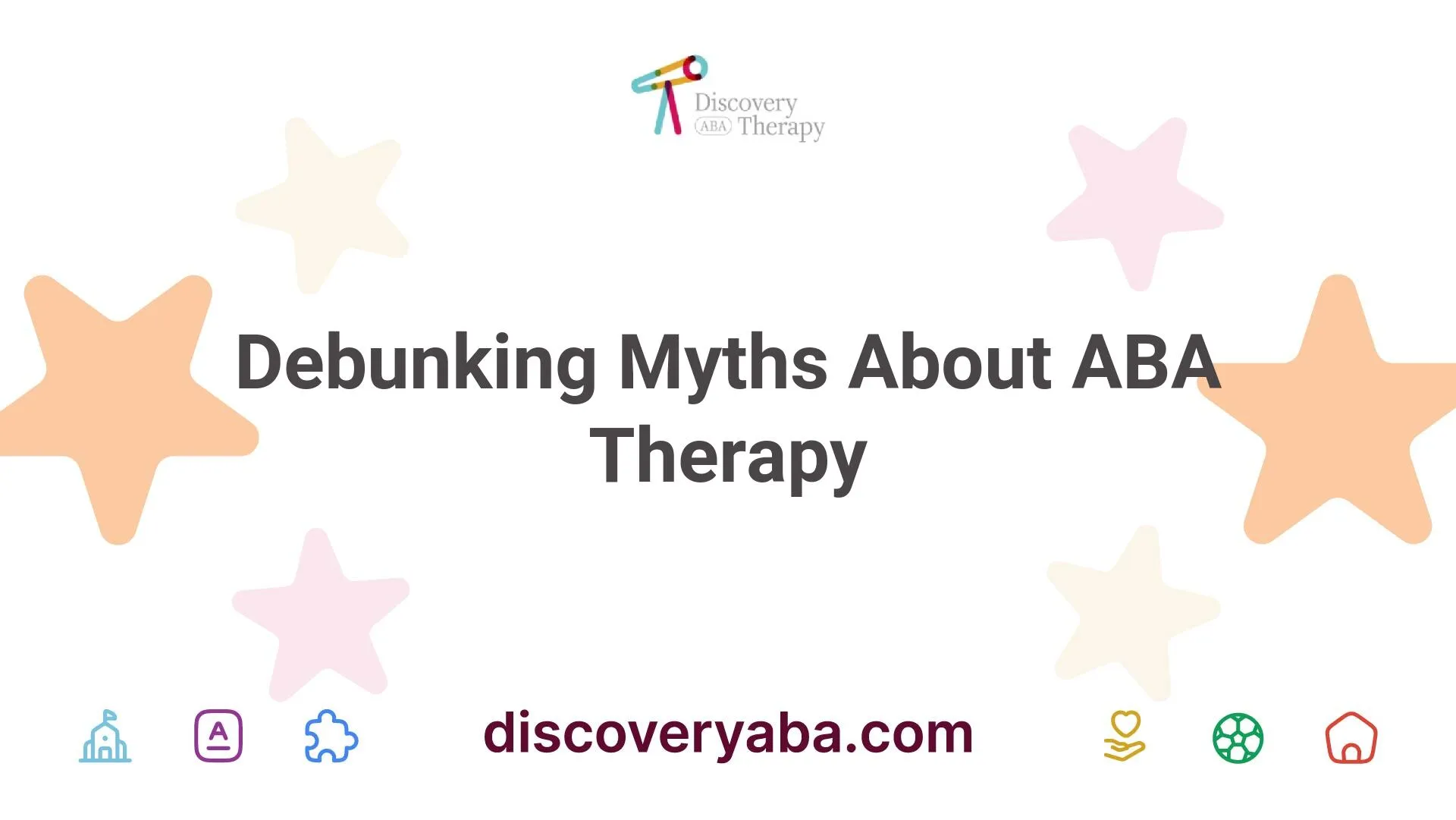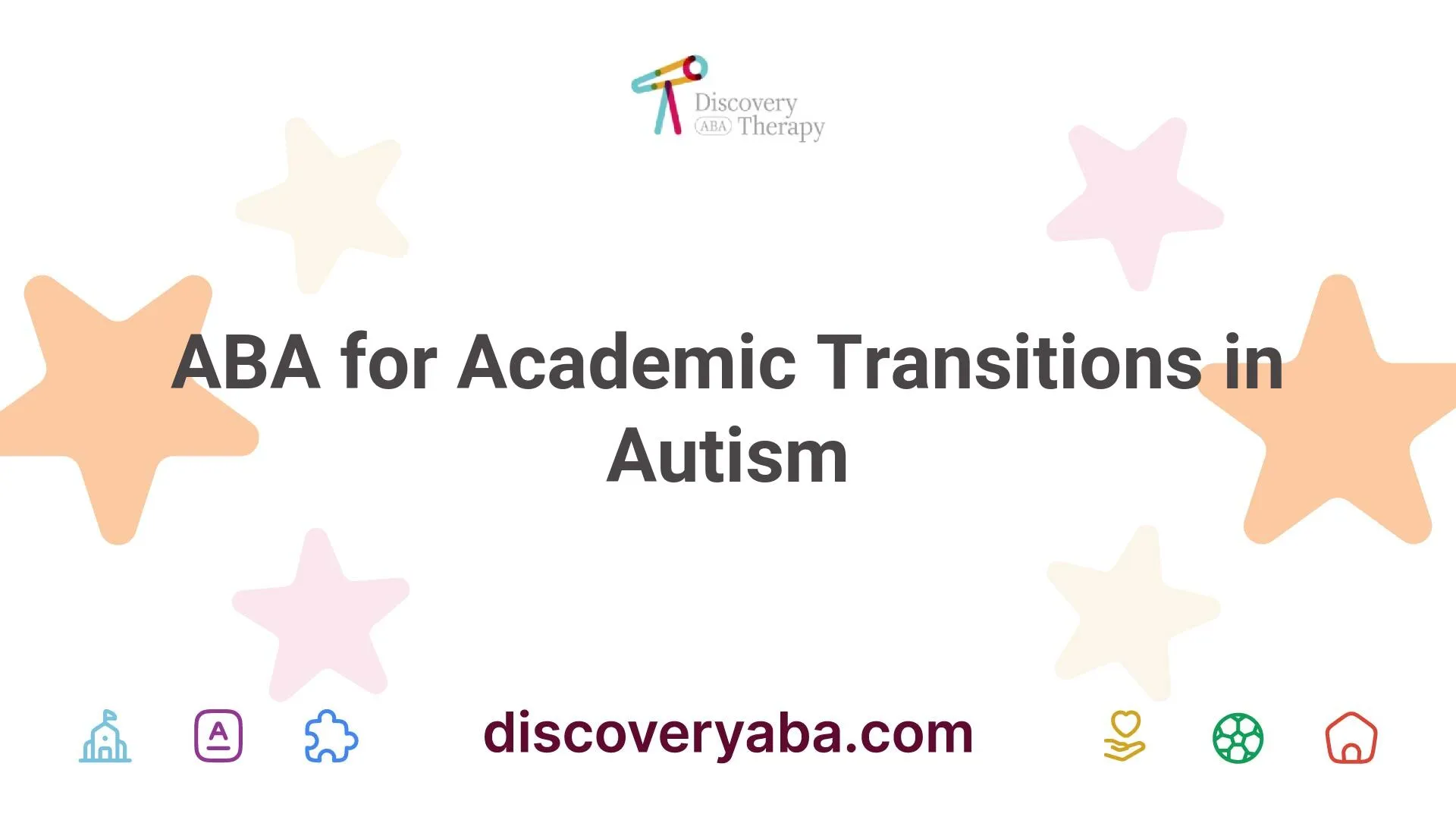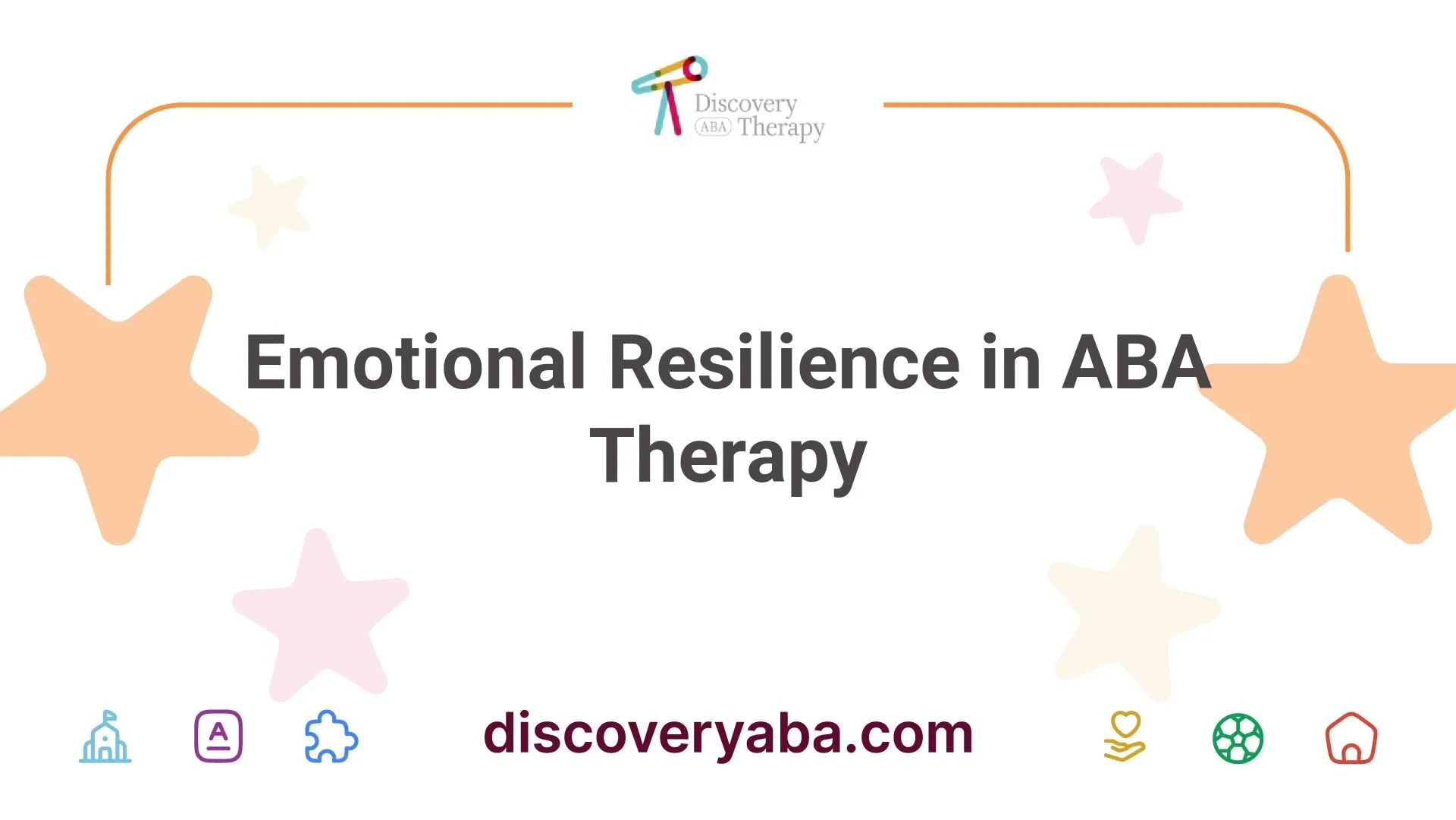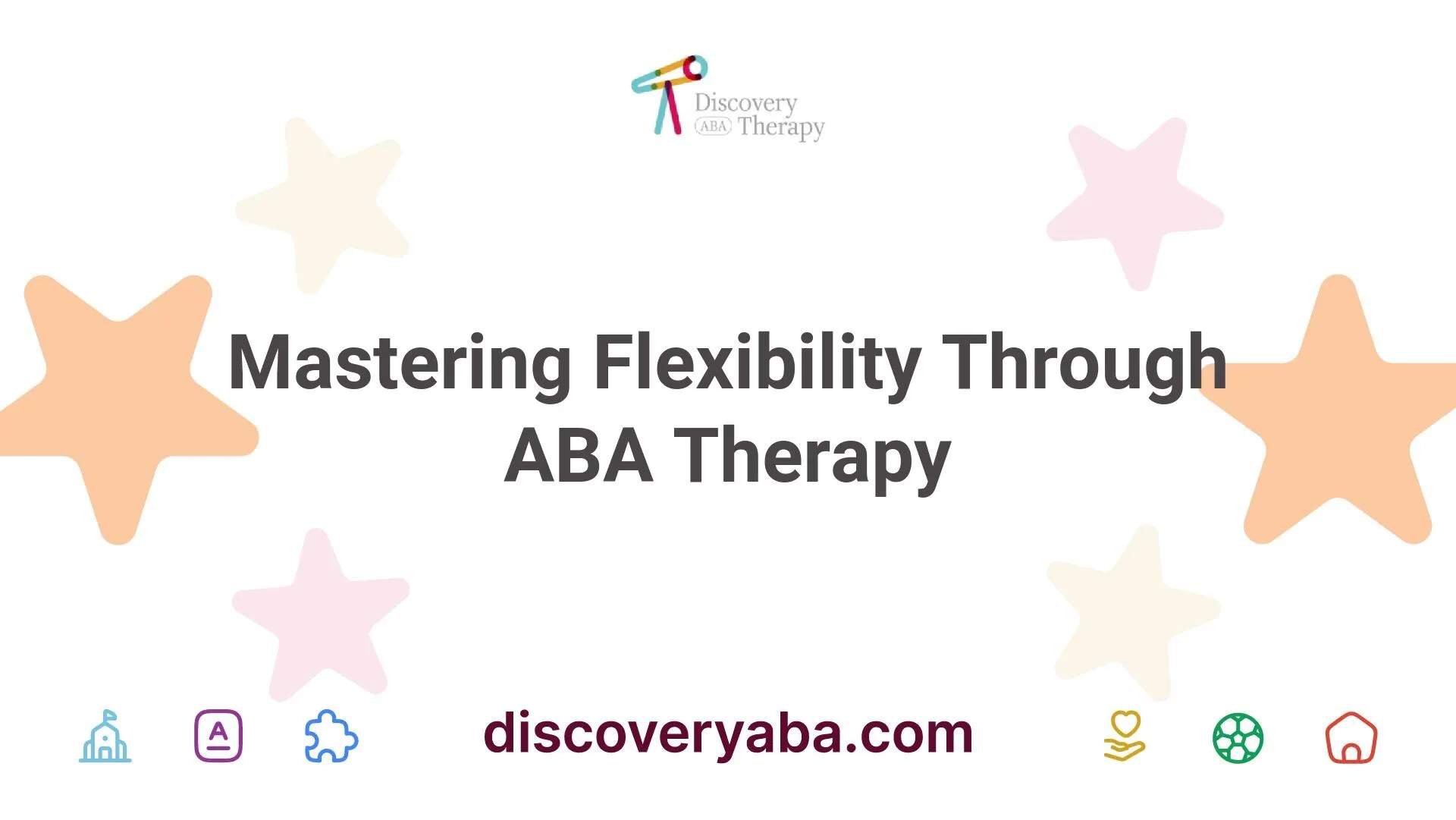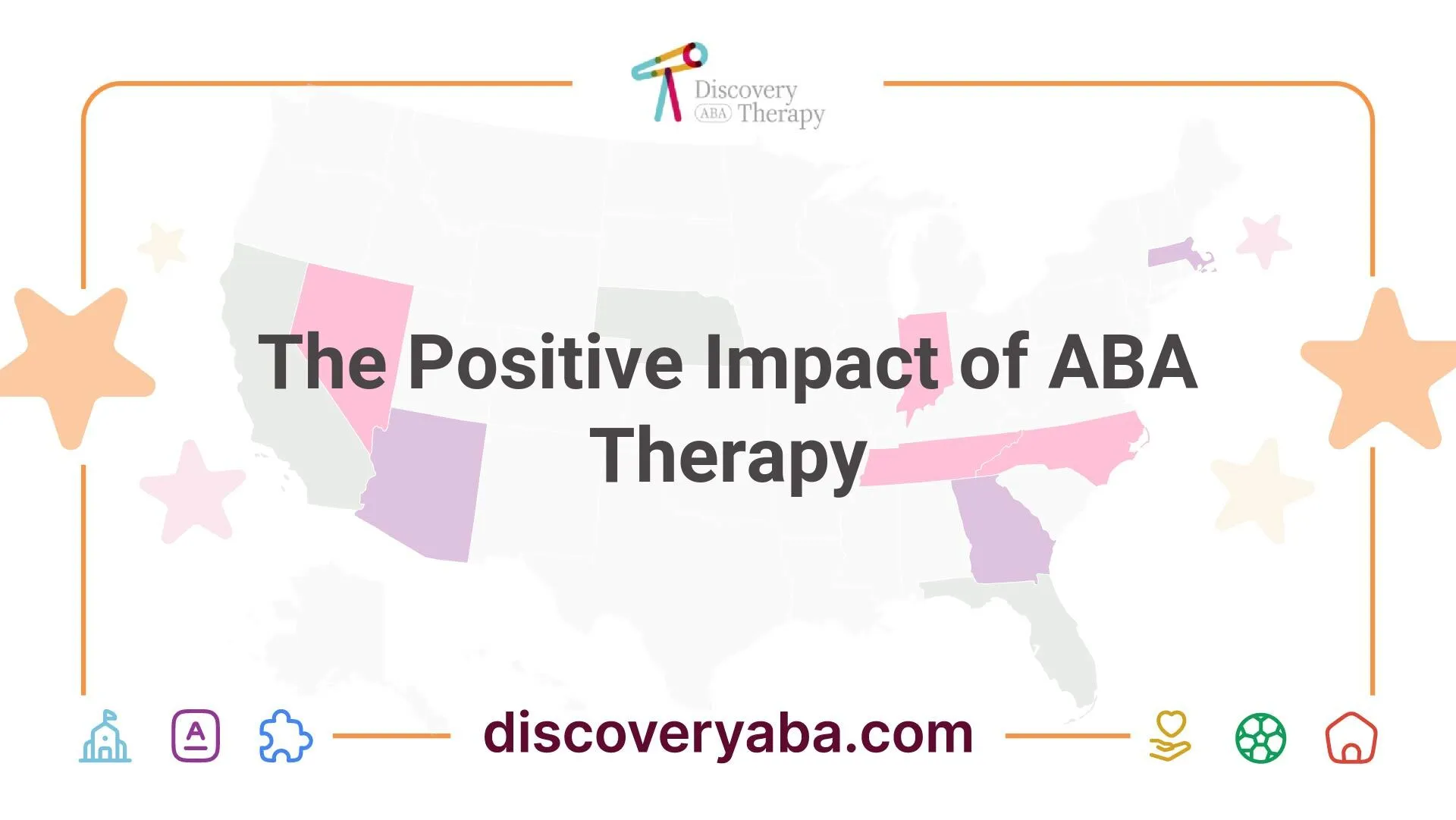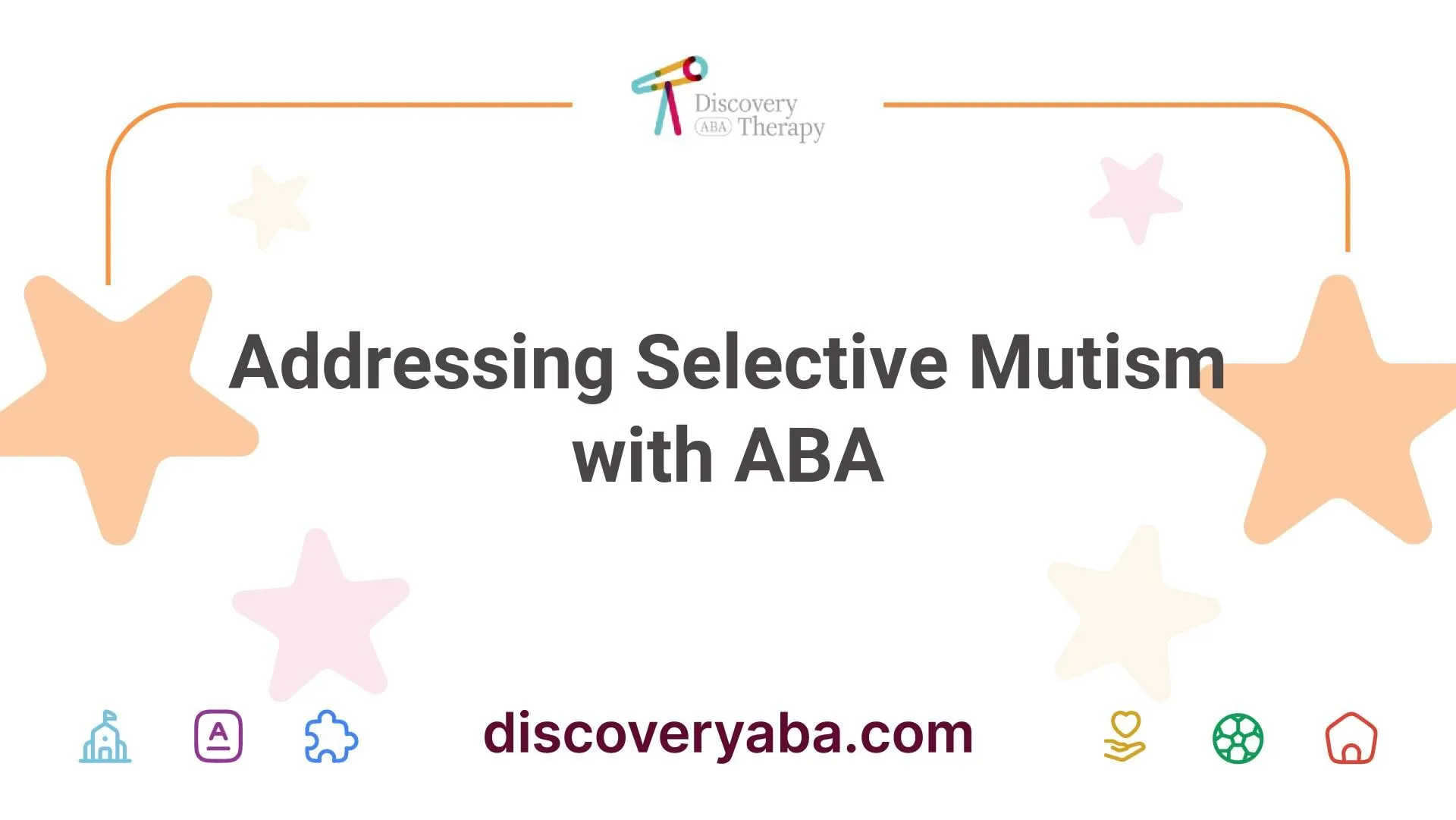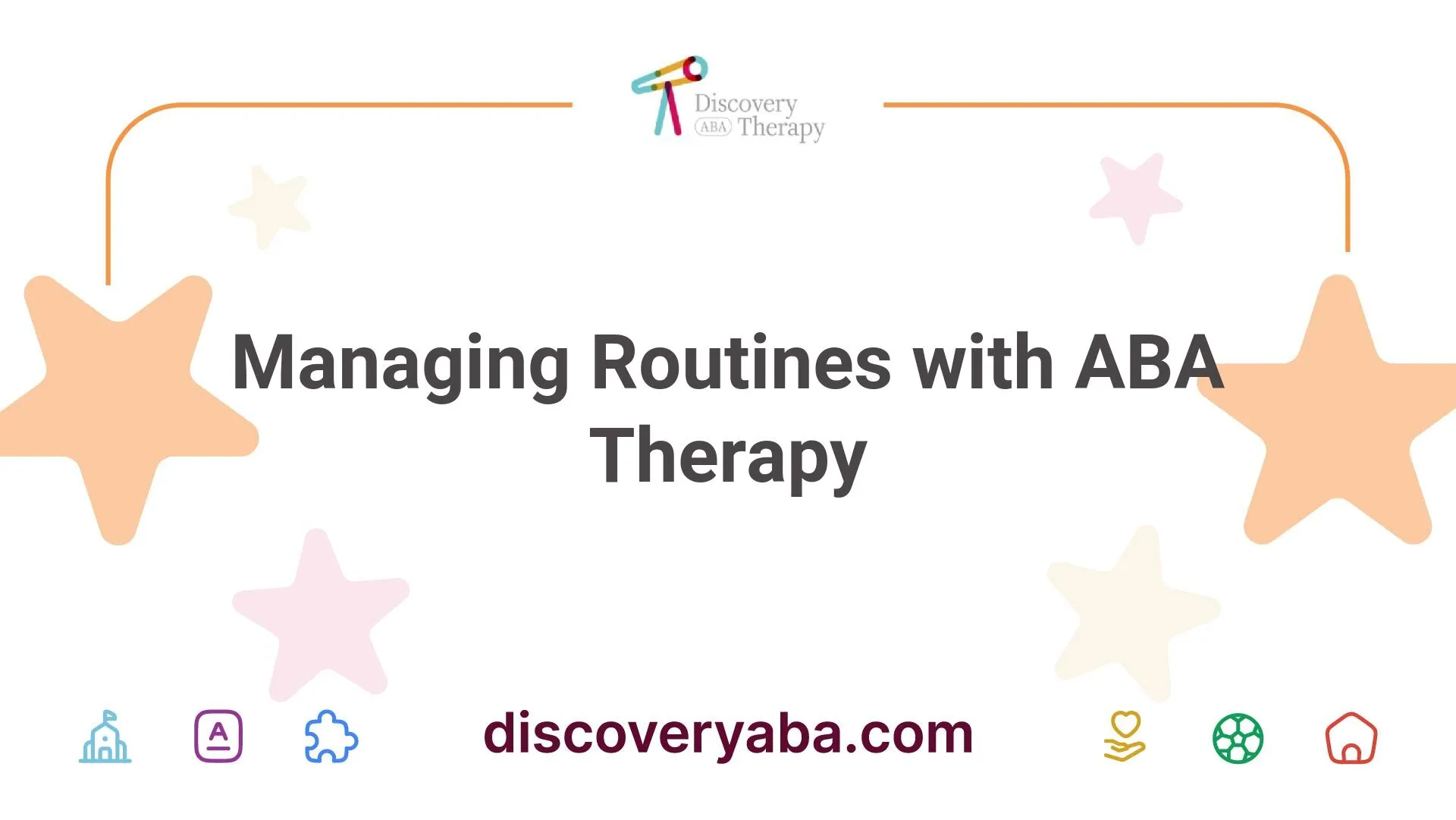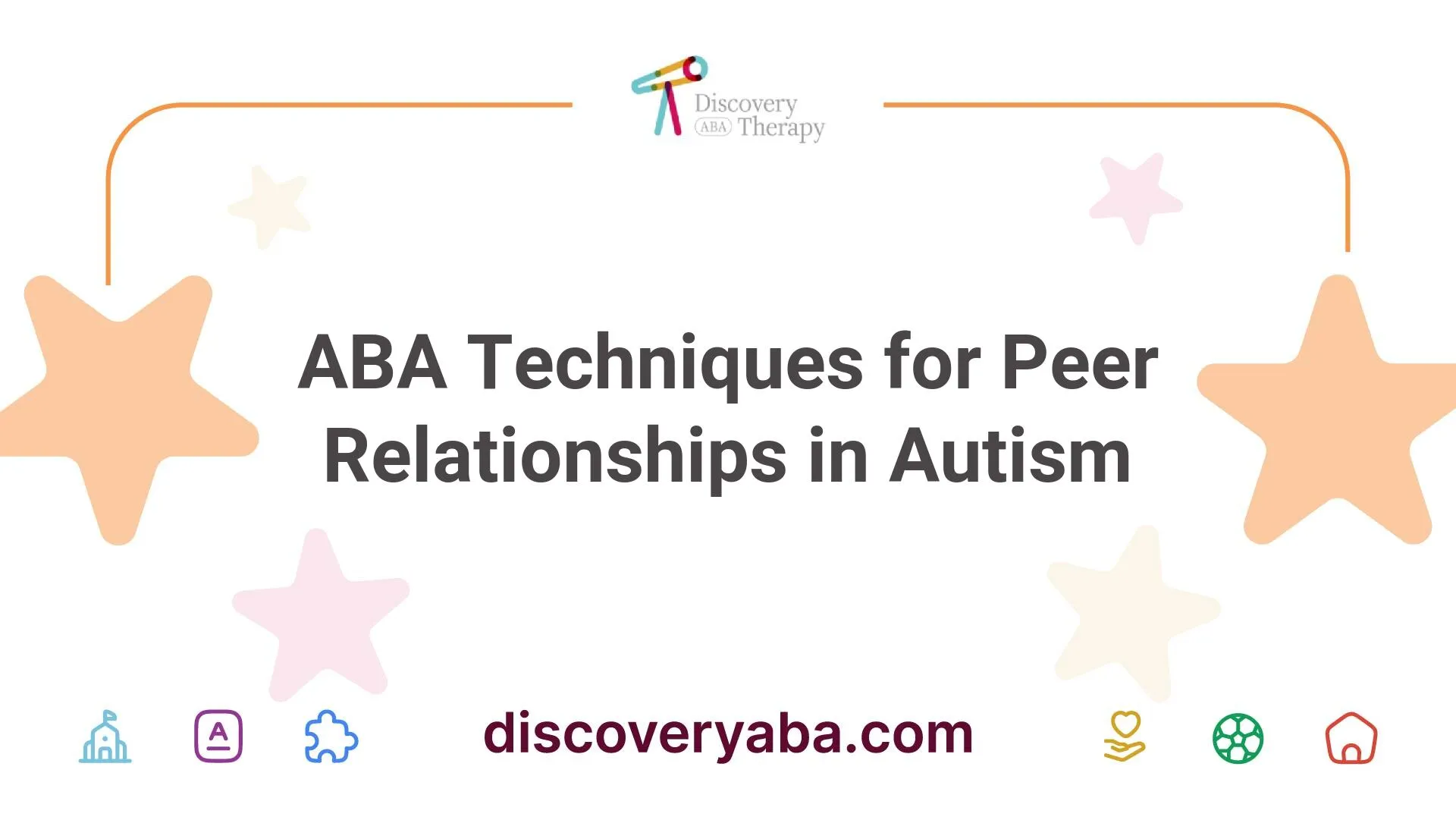ABA Therapy for Autism Behavioral Development
Explore ABA therapy for autism behavioral development and discover effective techniques for impactful progress.


Understanding ABA Therapy
Applied Behavior Analysis (ABA) therapy focuses on improving specific behaviors in individuals with autism. This therapy encompasses a variety of techniques tailored to promote learning and encourage desired behaviors, making progress tracking a significant component of effective intervention.
Importance of Progress Tracking
Progress tracking plays a vital role in autism therapy by enhancing the effectiveness of interventions. It allows therapists and caregivers to develop individualized treatment plans that specifically address the unique needs of each individual with autism. By consistently monitoring progress, therapists can ensure that the therapy remains relevant and effective. For more insights on how progress tracking can improve therapy outcomes, visit ABA therapy for autism behavioral programs.
Tracking progress also involves documenting behavioral changes over time. This documentation helps identify trends in behavior and highlights areas where additional support may be needed. Continuous adjustments can be made to the treatment plans based on these observations, ensuring that each individual's therapy is tailored to their evolving needs. For further information about various programs, you can check out ABA therapy and autism family programs.
Behavioral Observations in Therapy
Behavioral observations are crucial in tracking progress within autism therapy. This process involves careful observation and documentation of behaviors such as social interactions, communication skills, and repetitive behaviors. By assessing these areas, therapists can effectively understand an individual's progress and identify specific behaviors that require additional support [1].
The table below summarizes key behaviors commonly observed during ABA therapy:
Type of BehaviorDescriptionSocial InteractionsEngaging with peers or adultsCommunication SkillsUsing verbal and non-verbal cuesRepetitive BehaviorsActions or phrases repeated
Having this detailed record allows therapists to make informed decisions regarding treatment adjustments and intervention strategies. This documentation not only assists in evaluating progress but also helps highlight successes and areas for improvement, providing valuable feedback both to therapists and caregivers. For more information on the services offered, refer to ABA therapy for autism treatment services.
Components of ABA Therapy
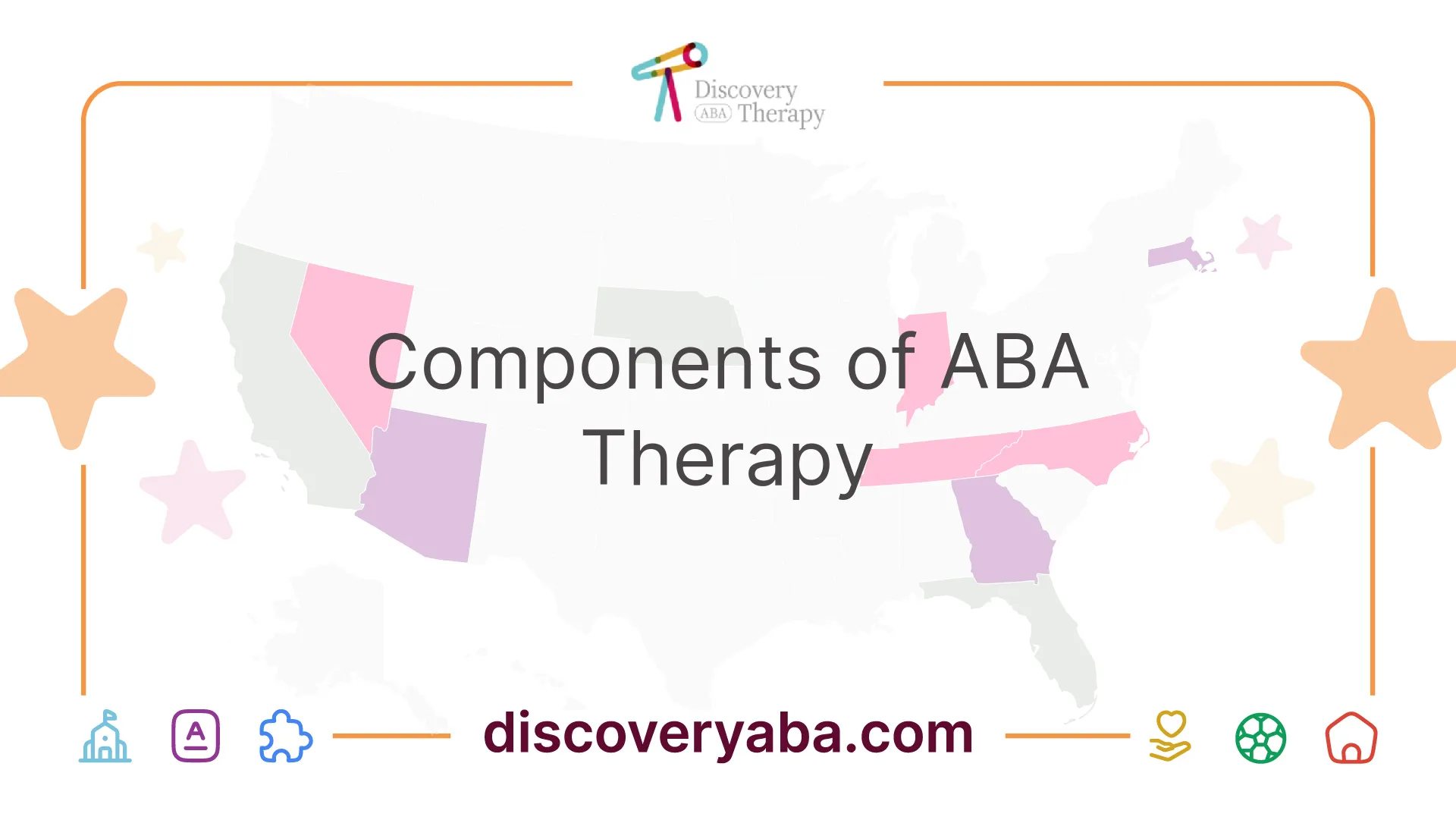
In the realm of ABA therapy for autism behavioral development, understanding the fundamental components is crucial. This section focuses on two key aspects: developmental assessments and skill-specific tracking.
Developmental Assessments
Developmental assessments serve as essential tools in tracking progress in autism therapy. They measure an individual's developmental growth across various domains, including cognitive, communication, social, and motor skills. By providing a systematic way to monitor development, these assessments play a critical role in guiding treatment planning.
Through regular assessments, practitioners can identify strengths and areas needing improvement, ensuring that the treatment plan remains aligned with the individual's evolving needs. This method of progress tracking is instrumental for parents and caregivers aiming to understand and support their child's developmental journey. For more insights, refer to the section on aba therapy for autism treatment services.
Assessment TypeFocus AreasFrequencyCognitive AssessmentsProblem-solving, reasoning skillsEvery 6-12 monthsCommunication AssessmentsVerbal and non-verbal communication skillsEvery 6-12 monthsSocial Skills AssessmentsInteraction and relationship skillsQuarterlyMotor Skills AssessmentsFine and gross motor skillsEvery 12 months
Skill-Specific Tracking
Skill-specific tracking is a vital approach widely used in applied behavior analysis (ABA) therapy. This method involves breaking down broader treatment goals into smaller, achievable objectives. By focusing on specific skills, therapists can monitor the acquisition and mastery of these targeted objectives over time.
This approach enhances the clarity of both the therapists' and caregivers' understanding of progress, making it easier to celebrate small victories and adjust goals when necessary. Skill-specific tracking creates a roadmap to success, fostering motivation and encouraging continued learning. For more resources, visit aba therapy for autism behavioral programs.
Skill CategoryTarget SkillsTracking MethodCommunicationVocabulary buildingDaily notes and progress chartsSocial InteractionTurn-taking, sharingDirect observation and reportingSelf-CareDressing, toiletingChecklists and mastery criteriaAcademic SkillsReading, math skillsPerformance assessments
Overall, developmental assessments and skill-specific tracking are foundational elements of ABA therapy, ensuring that the support provided is effective and tailored to the unique needs of each individual with autism.
Effectiveness of ABA Therapy
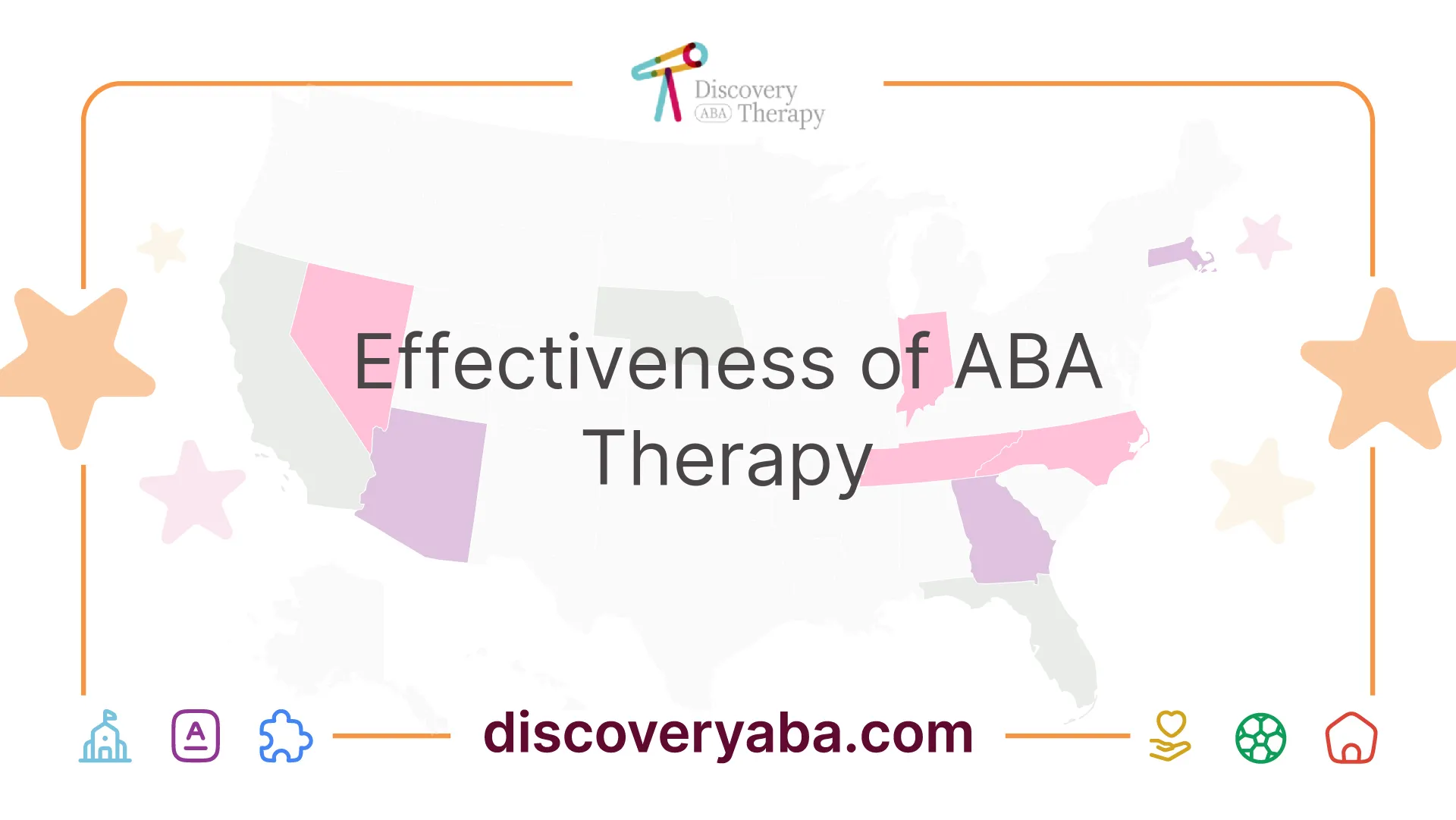
Applied Behavior Analysis (ABA) therapy has shown to be an effective approach for assisting individuals with autism in various areas of development. Research highlights significant positive outcomes for children undergoing ABA therapy, particularly when initiated early.
Positive Outcomes of ABA Programs
A meta-analytic study on the effectiveness of comprehensive ABA-based early intervention programs concluded that these programs yield favorable results for children with autism spectrum disorders [2]. Over 20 studies have indicated that intensive and long-term therapy using ABA principles can lead to remarkable improvements in several domains, including:
Areas of ImprovementPercentage of Children ImpactedIntellectual Functioning48%Language Development48%Daily Living Skills47%Social Functioning90%
A pivotal study conducted by Dr. O. Ivar Lovass in 1987 revealed that 90% of participants experienced significant improvement, with 47% of children achieving skills that were on par with their peers [3]. These findings underscore the effectiveness of ABA therapy in facilitating genuine skill development that can help children thrive in real-world environments.
Efficacy in Preschool Children
The efficacy of applied behavioral intervention in preschool children with autism is noteworthy. Reviews and systematic studies indicate that ABA therapy improves cognitive, language, and adaptive behavior in this age group.
Starting ABA therapy as early as possible is crucial. Research emphasizes that beginning interventions before the age of four can significantly enhance children's development by improving social and communication skills, facilitating interactions with peers.
In summary, ABA therapy proves to be a valuable resource for parents and caregivers looking to enhance behavioral development in children with autism, particularly during the critical preschool years. For more information about different types of ABA therapy services available, check out aba therapy for autism treatment services.
Tailoring Treatment Plans
Tailoring treatment plans for children with autism is essential for maximizing the effectiveness of ABA therapy. This process involves conducting thorough assessments and developing individualized treatment plans customized to the unique needs of the child.
ABA Assessments
ABA assessments play a critical role in the development of personalized treatment plans. These evaluations provide valuable insights into an individual's strengths and areas that need improvement. The information gathered during these assessments helps guide the creation of tailored treatments aimed at addressing specific needs and determining appropriate therapy hours and locations [1].
The assessments typically focus on various domains including communication skills, social interactions, and daily living skills.
Assessment TypeFocus AreaPurposeFunctional Behavior Assessment (FBA)Problem behaviorsIdentifies triggers and underlying causes of behaviorSkills AssessmentCommunication and social skillsEvaluates existing skills and areas for developmentDevelopmental AssessmentOverall developmentMeasures progress and developmental milestones
Individualized Treatment Planning
Once the ABA assessments are completed, individual treatment plans are created based on the gathered data. This planning phase ensures that interventions are directly aligned with the child's specific challenges and goals. An individualized treatment plan typically includes:
The implementation of individualized treatment plans has shown positive outcomes. A comprehensive meta-analysis highlighted the effectiveness of applying behavior analysis interventions for autism spectrum disorder. For example, a notable study by Lovaas et al. showed that 47% of children who participated in intensive ABA treatment reached normal intellectual and educational functioning, contrasting starkly with only 2% in the control group [5].
By prioritizing ABA assessments and individualized treatment planning, caregivers can create a supportive environment that promotes the behavioral development of individuals with autism. Tailored interventions also ensure that children receive the specific support needed, enhancing their chances for success in social, communication, and academic endeavors. For more information on how these elements come together, consider exploring additional resources on aba therapy for autism behavioral programs and aba therapy for autism treatment services.
ABA Therapy Techniques
ABA therapy employs various techniques to facilitate behavioral development in children with autism. Two prominent methods utilized are Discrete Trial Training (DTT) and Antecedent-based Interventions (ABI).
Discrete Trial Training (DTT)
Discrete Trial Training is a fundamental teaching strategy within ABA therapy. In DTT, skills are divided into small, distinct components. Each component is taught step-by-step. Positive reinforcement is provided after each correct response, encouraging individuals with autism spectrum disorder (ASD) to learn effectively [6].
The DTT process can be summarized as follows:
StepDescription1. InstructionA clear, concise prompt is given.2. ResponseThe child responds to the instruction.3. ReinforcementIf the response is correct, appropriate reinforcement is provided.4. FeedbackThe child receives immediate feedback regarding their response.
The structured nature of DTT breaks learning into manageable segments, ideal for children who may have difficulty processing complex instructions. By systematically reinforcing correct responses, DTT promotes positive behavior changes, making it an effective strategy in ABA therapy for autism behavioral development.
Antecedent-based Interventions (ABI)
Antecedent-based Interventions focus on modifying environmental factors to reduce triggers that may lead to undesired behaviors. By altering the surroundings and minimizing distractions, ABI strategies aim to promote the likelihood of desired behaviors while minimizing challenging ones [6].
Some key elements of ABI include:
StrategyDescriptionAdjusting the EnvironmentCreating a calm space with fewer distractions.Planning ActivitiesStructuring activities that naturally encourage positive behavior.Establishing RoutinesProviding predictability to help ease anxiety and improve focus.
These interventions create an environment conducive to learning and engagement, allowing children with ASD to better focus on expected behaviors. Implementing ABI can significantly enhance the effectiveness of ABA therapy, facilitating better outcomes for children involved in ABA therapy and autism support programs.
By integrating these ABA techniques, parents and caregivers can play an active role in their child's behavioral development journey.
ABA Therapy Implementation
ABA therapy relies not only on professional interventions but also on active involvement from family members. This section discusses two important facets of the implementation of ABA therapy: Parent-Implemented Intervention (PII) and the role of Board Certified Behavior Analysts (BCBA).
Parent-Implemented Intervention (PII)
Parent-Implemented Intervention (PII) is a vital component of ABA therapy, emphasizing the collaboration between parents and ABA practitioners. Training parents to support their child's behavioral development has demonstrated significant effectiveness for children with Autism Spectrum Disorders. PII allows children to learn within their natural environments, making the learning process more relatable and engaging. This approach reduces the stress and anxiety often associated with clinic-based therapy [6].
To successfully implement PII, parents are provided with ABA training sessions. This ensures they are equipped to use the same strategies at home as those used during therapy sessions. Engaging parents in this way leads to more sustainable outcomes and helps reinforce newly learned behaviors. The continuous application of these techniques in everyday situations contributes significantly to the child's development.
AspectBenefitsCollaborationParents become active participants in their child's therapy.Natural LearningReinforces learning in natural and less stressful settings.ConsistencyStrategies from therapy sessions are applied consistently at home.Long-Term SuccessFacilitates sustainable behavioral changes over time.
BCBA Therapists' Role
The role of a Board Certified Behavior Analyst (BCBA) is crucial in the implementation of ABA therapy. A BCBA provides specialized services in behavior analysis, assessing and analyzing individual cases to create tailored interventions for each child [4]. This includes defining goals and monitoring progress throughout the therapy process.
BCEAs work closely with registered behavior technicians (RBTs), who implement the strategies and techniques designed by the BCBA. While RBTs directly interact with the child, BCBAs take on a broader responsibility, ensuring that the interventions remain effective and that adjustments are made when necessary. This hierarchy of support allows for consistent monitoring and ensures that each child receives the highest level of care.
ComponentDescriptionBCBA ResponsibilitiesAssessing behavior, creating individualized intervention plans, monitoring progress.RBT RolesDirectly implementing therapy strategies and practicing skills with the child.Outcome FocusPromoting positive behavioral changes through evidence-based practices.
The effective implementation of ABA therapy, through the collaboration between parents and BCBAs, is central to achieving the desired developmental goals for children with autism. For more information about additional supports and programs, consider exploring our resources on aba therapy for autism support programs and aba therapy for autism development services.
References
[2]:
[3]:
[4]:
[5]:
[6]:
Does Your Child Have An Autism Diagnosis?
Learn More About How ABA Therapy Can Help
Find More Articles
Contact us
North Carolina, Nevada, Utah, Virginia
New Hampshire, Maine
Arizona, Colorado, Georgia, New Mexico, Oklahoma, Texas
.avif)



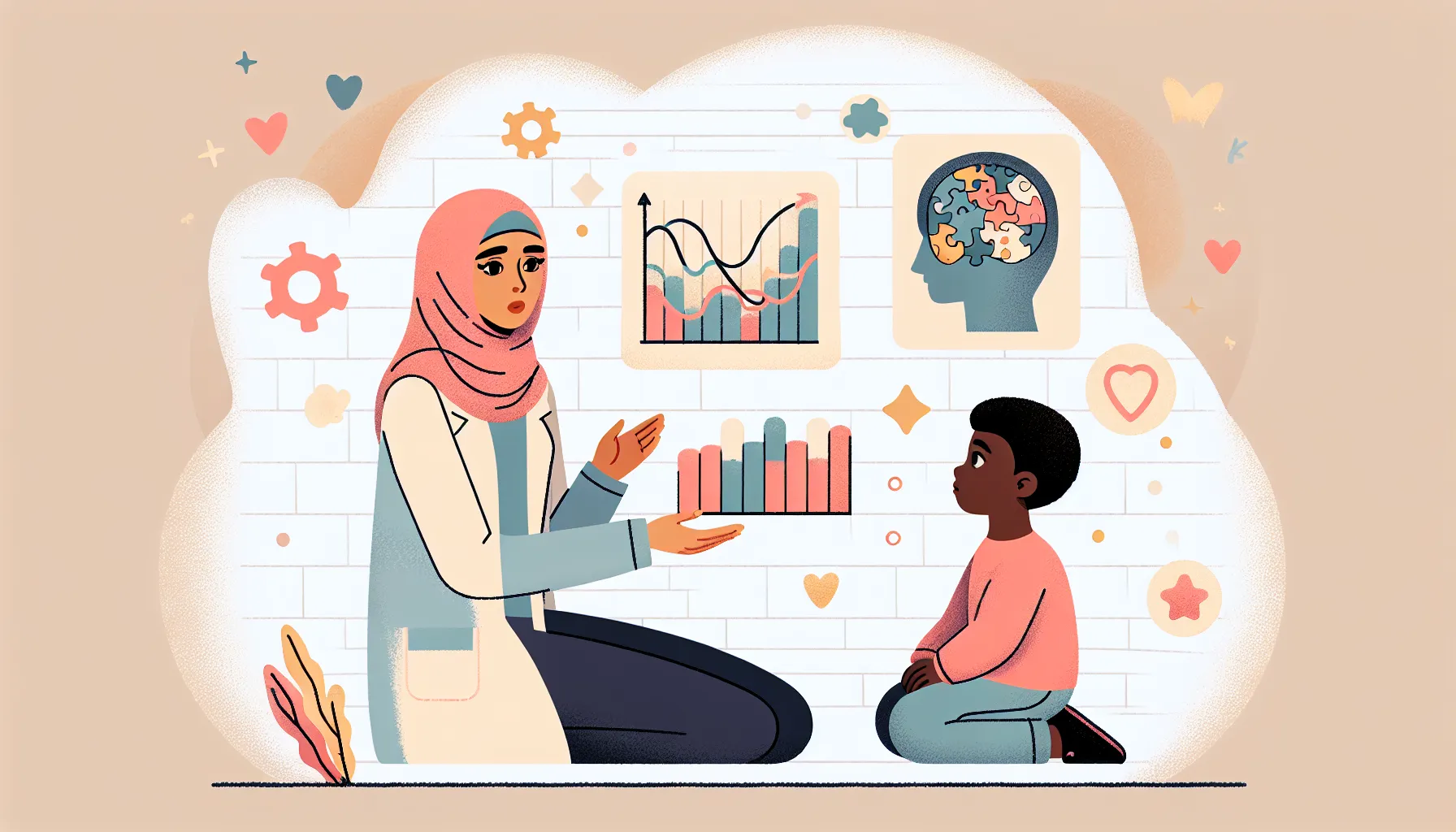

.jpeg)



.jpeg)
.jpeg)




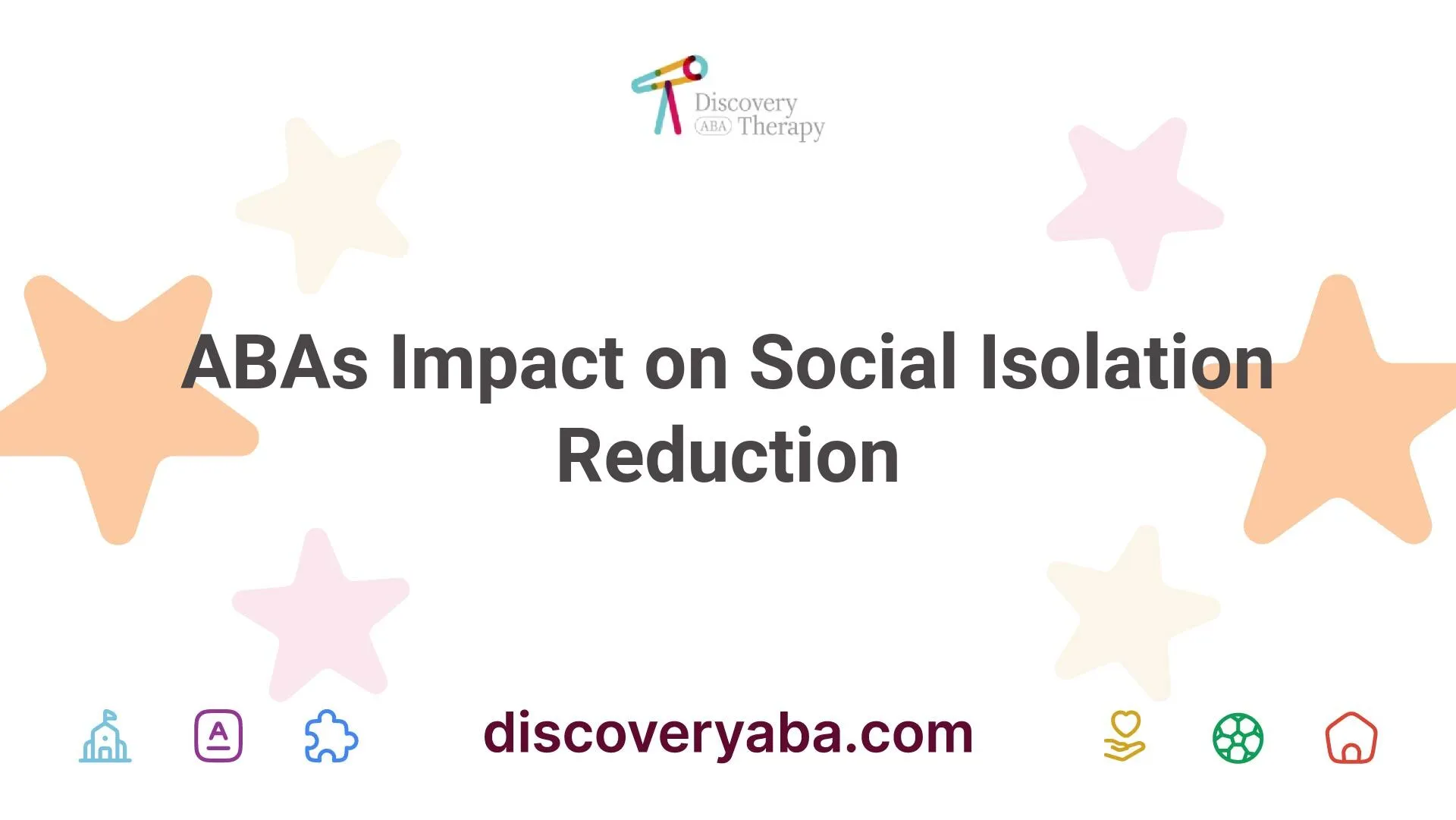
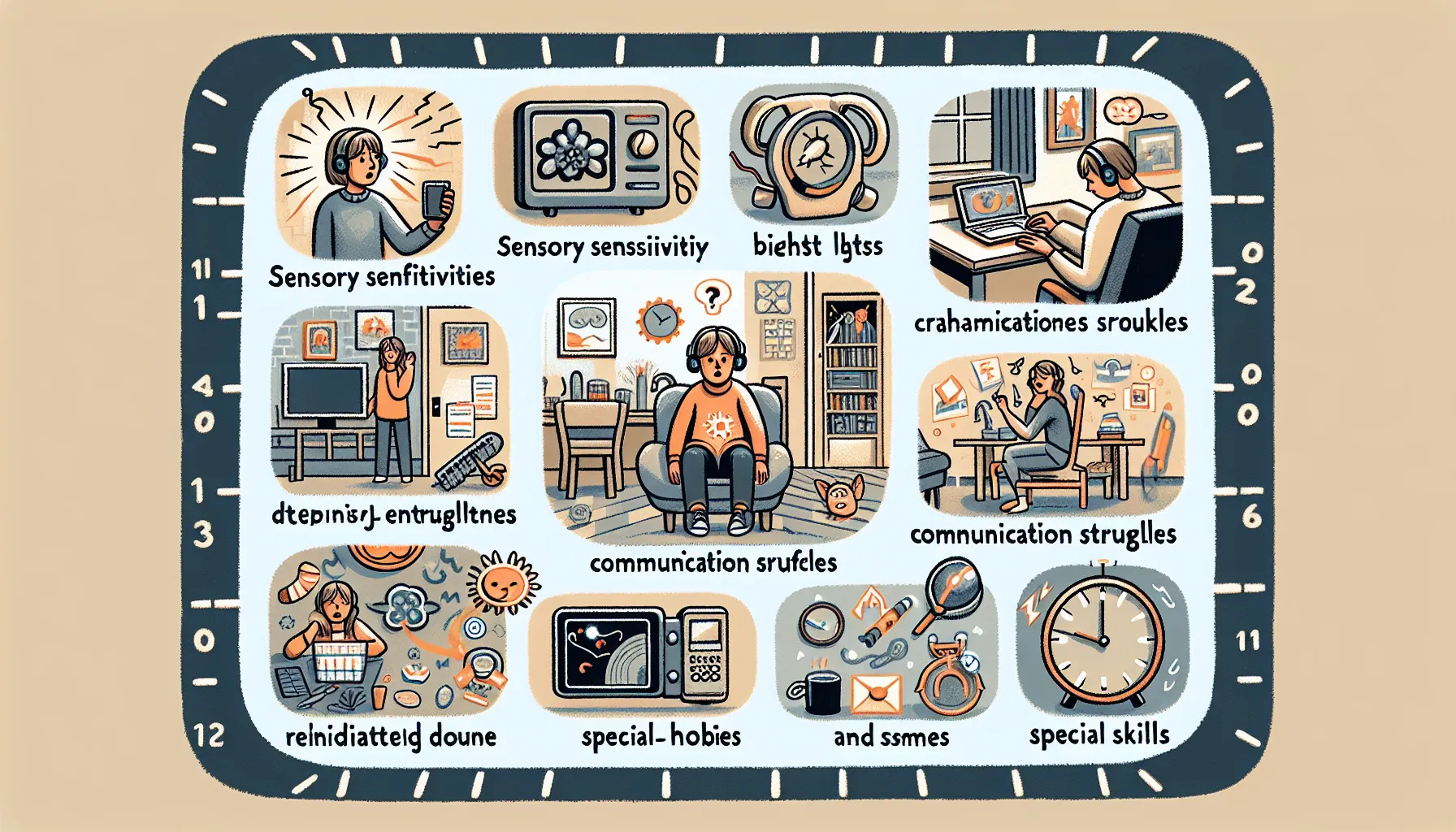

























.jpeg)


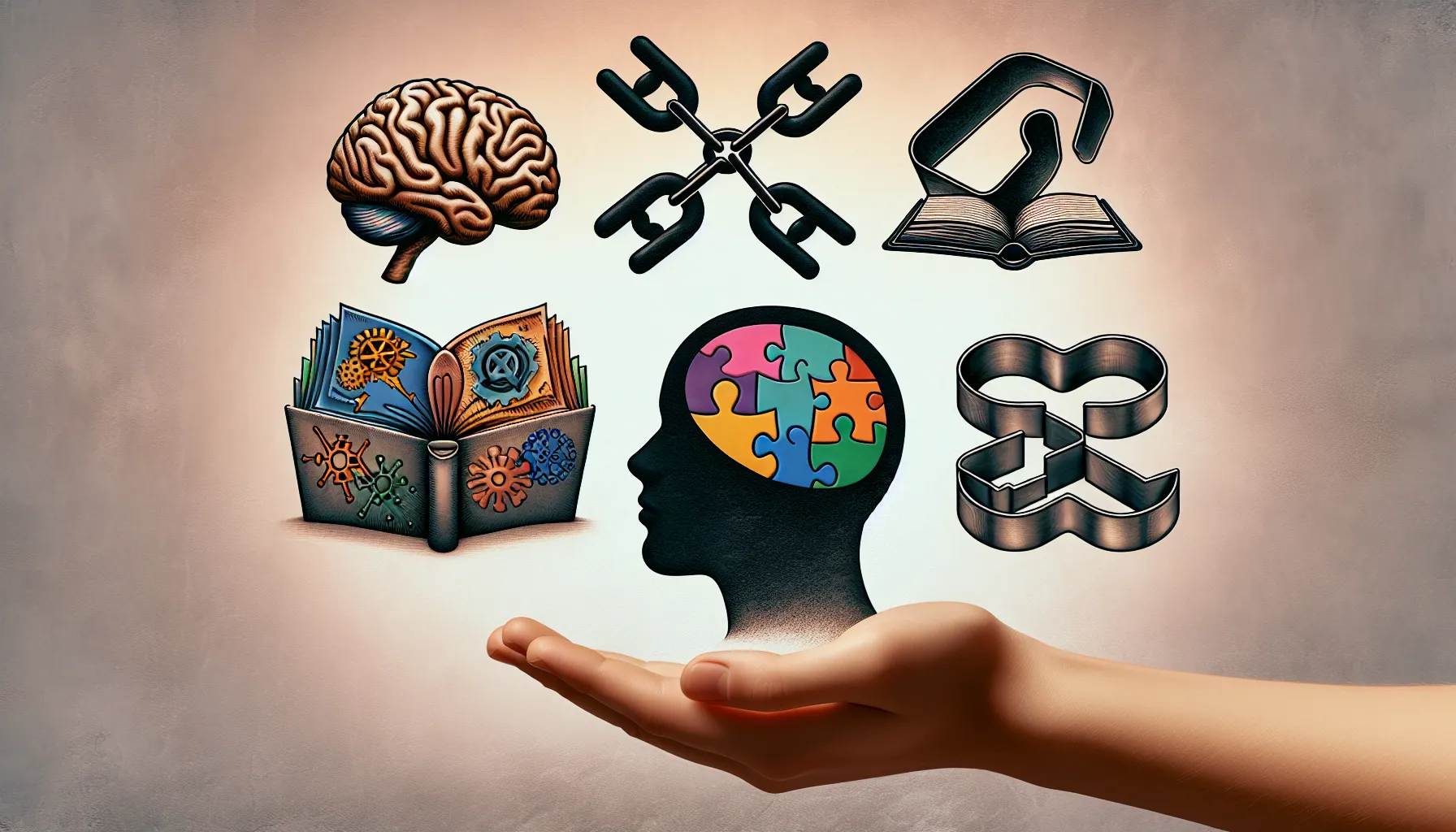


.jpeg)











.jpeg)




